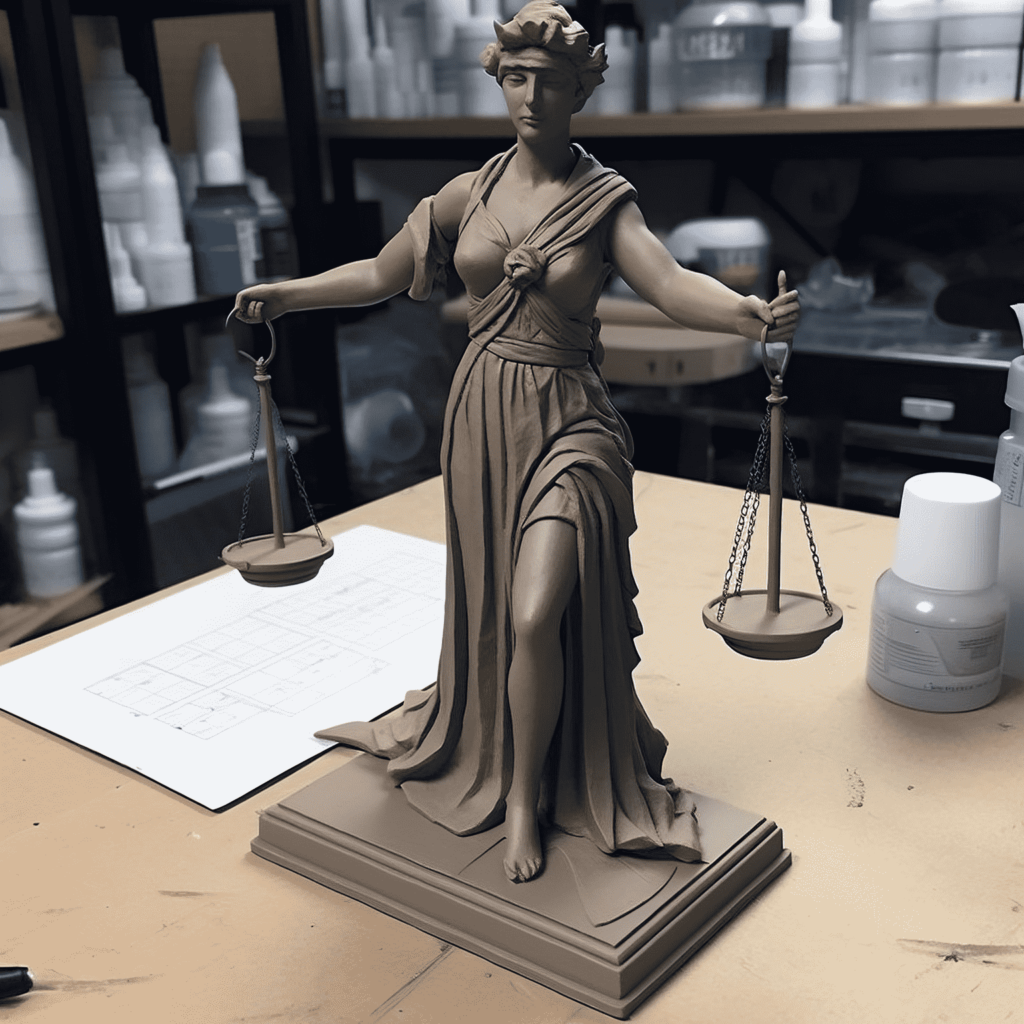Navigating the complexities of marital law can often be overwhelming.
In this post, we dive into the concept of a deemed valid marriage, clarifying its definition, and exploring the necessary evidence needed to prove its legitimacy.
What is a Deemed Valid Marriage?
A deemed valid marriage is a ceremonial marriage that is considered valid despite the fact that certain state-imposed procedures may not have been strictly adhered to, or a previous marriage had not yet formally ended. This recognition of the marriage’s validity is reliant on certain forms of evidence, as described in the following sections.
Preferred Evidence of a Deemed Valid Marriage
The preferred forms of evidence for a deemed valid marriage include:
- Evidence of the Ceremonial Marriage: This refers to evidence as described in § 404.725(b)(2), which typically includes official documents like a marriage certificate or other legal records.
- Statements from the Insured Person: If the insured person is alive, their signed statement that the other party participated in the marriage ceremony in good faith is required. This statement should include the reasons why they believe the marriage to be valid, or why they think the other party believed the marriage was valid.
- Statements from the Other Party: The other party’s signed statement indicating they participated in the marriage ceremony in good faith is also required, along with their reasons for believing the marriage was valid.
- Statements from Third Parties: If there’s any reasonable doubt, signed statements from others who might have information about the other party’s knowledge of any previous marriage or other facts demonstrating their good faith participation in the marriage may be necessary.
- Evidence of Cohabitation: Evidence that the parties involved in the marriage were living in the same household when benefits were applied for or, if earlier, when the insured person passed away (see § 404.760).
Providing Other Evidence of a Deemed Valid Marriage
In some cases, obtaining preferred evidence may be challenging or impossible. If you can’t procure the preferred evidence of a deemed valid marriage, you’ll be asked to explain why and provide other convincing evidence of the marriage. This could include photographs, testimonies from friends or family, or other forms of credible, corroborative evidence.
Let’s put this into a real-world context with an example.
Consider the case of John and Jane. They got married in a ceremonial wedding in Hawaii, but due to some bureaucratic mix-up, the official who performed their ceremony didn’t properly record their marriage. They return to their home state, unaware of this oversight.
Years later, John, who has been the primary breadwinner, passes away. Jane applies for survivor benefits from John’s Social Security. The Social Security Administration asks for evidence of their marriage. Jane presents their Hawaiian marriage certificate, unaware that it’s not officially recorded due to the earlier mix-up.
Upon investigation, the Social Security Administration finds that the marriage was not officially recorded. However, because John and Jane lived together as husband and wife, and both believed in good faith that they were legally married, their marriage is deemed valid under Social Security rules.
Here’s how the evidence would stack up:
- Evidence of the Ceremonial Marriage: Jane would present the Hawaiian marriage certificate, even though it wasn’t properly recorded. This serves as evidence of the ceremonial marriage.
- Statements from the Insured Person: In this case, John is deceased and can’t provide a statement. However, his consistent behavior during his life, as he presented Jane as his wife publicly, can be considered indirect evidence.
- Statements from the Other Party: Jane would write and sign a statement that she went through the marriage ceremony in good faith and believed the marriage was valid.
- Statements from Third Parties: Family members and friends who knew John and Jane as a married couple could provide signed statements attesting to John and Jane’s belief in their marriage’s validity and their behavior as a married couple.
- Evidence of Cohabitation: Jane could provide proof in the form of shared bills, a lease, or mortgage documents showing that they lived together as husband and wife.
In this example, despite the administrative oversight, the marriage is deemed valid because of the ceremonial wedding and the genuine belief of both parties that they were legally married.
Understanding the specific requirements and evidence necessary to establish a deemed valid marriage is crucial for individuals navigating this legal terrain. By keeping these guidelines in mind, you can approach these situations with more confidence and clarity.
https://www.ssa.gov/OP_Home/cfr20/404/404-0727.htm
At Hugo Fierro & Michael Perez, we comprise a team of committed professionals possessing comprehensive knowledge of the intricacies associated with Social Security disability claims. Our paramount objective is to provide personalized guidance and support to our esteemed clients, utilizing our expertise in the field. We take great pride in our ability to adeptly navigate the multifaceted aspects of each case, guaranteeing the provision of invaluable insights and tailored assistance to address your individualized needs effectively.
